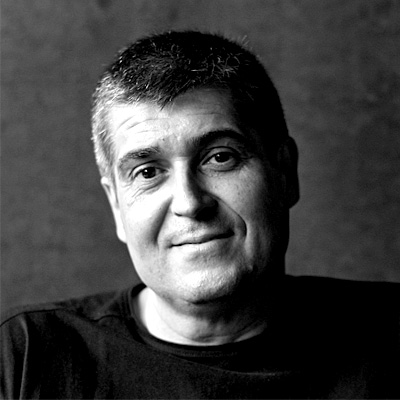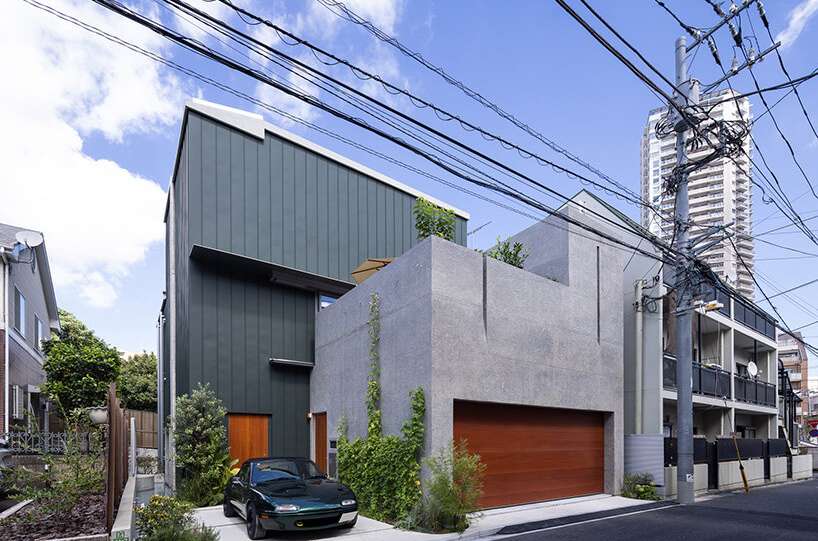Rafael Moneo is one of Spain’s most distinguished and influential architects—celebrated for his deeply thoughtful, contextual, and elegant designs that bridge tradition and modernity. With a career spanning over five decades, Moneo has shaped contemporary architecture through built works, teaching, and writing. His architecture is neither flamboyant nor minimalistic; instead, it is grounded in a timeless logic, always responding to the place, history, and culture that surround it. As the first Spanish architect to receive the Pritzker Architecture Prize, Moneo stands as a central figure in European and global architectural discourse.
Early Life and Education
José Rafael Moneo Vallés was born on May 9, 1937, in Tudela, a small town in Navarre, northern Spain. Growing up in post-Civil War Spain, Moneo was exposed to a subdued, conservative cultural atmosphere, which may have contributed to his deep respect for historical continuity in architecture.
He studied architecture at the Escuela Técnica Superior de Arquitectura de Madrid (ETSAM), graduating in 1961. After earning his degree, Moneo worked with Francisco Javier Sáenz de Oiza, one of Spain’s modernist masters, and later collaborated with Jørn Utzon, the Danish architect of the Sydney Opera House. These early experiences broadened Moneo’s understanding of international architecture and inspired his commitment to integrating modern techniques with local traditions.
Academic Career and Teaching
In addition to his practice, Moneo has had a significant academic presence. He was Chair of the Architecture Department at Harvard University’s Graduate School of Design from 1985 to 1990, where he influenced a generation of global architects through his intellectual rigor and philosophical approach. Moneo is also a prolific writer, known for his essays and lectures on architectural theory and history.
His academic pursuits are not isolated from his practice—they are interwoven. For Moneo, theory enriches architecture, and buildings are manifestations of thought. This combination of scholarship and practice distinguishes him as an architect-philosopher, someone who constantly questions the meaning and role of architecture in society.
Architectural Philosophy
Moneo’s work reflects a balance between innovation and tradition. He rejects superficial spectacle and instead favors buildings that “belong” to their environment. His designs are known for their clarity, proportion, and material sensitivity. Rather than impose a signature style, Moneo adapts his approach to each project’s context, making his buildings unique and site-specific.
He once said:
“Architecture is a permanent dialogue between past and present.”
This philosophy has guided his projects in cities with complex histories, like Seville, Madrid, Stockholm, and Los Angeles, where he has designed buildings that respect and enhance their urban surroundings.
Signature Project: The Kursaal Congress Centre and Auditorium (1999), San Sebastián
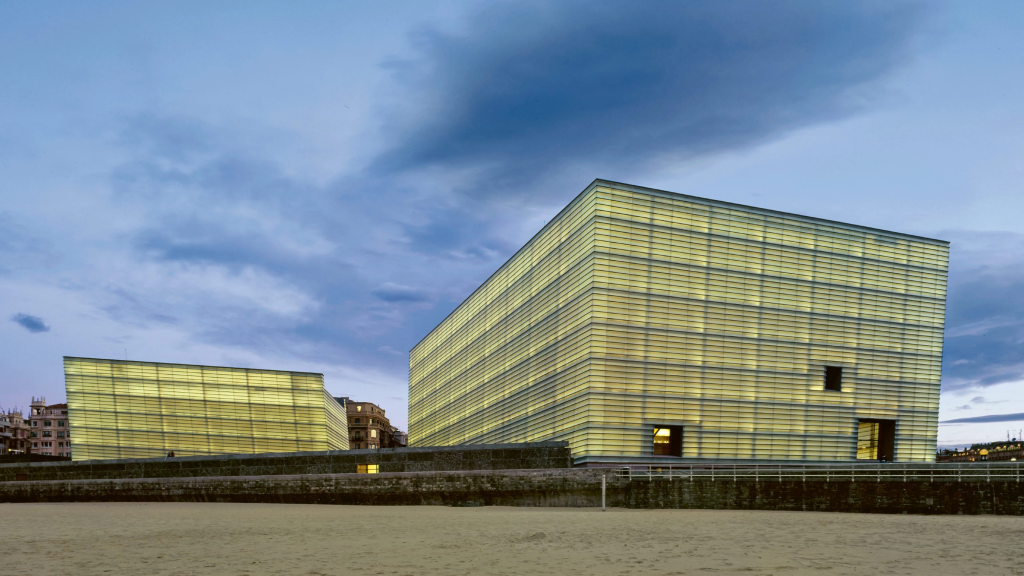
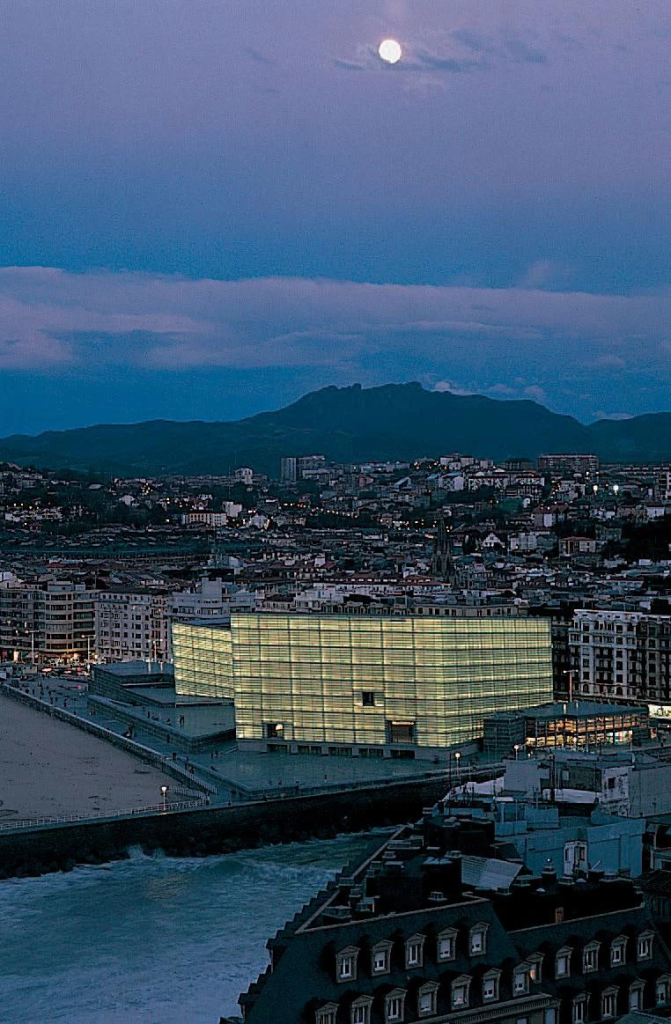

Among Rafael Moneo’s many significant works, the Kursaal Congress Centre and Auditorium in San Sebastián, Spain, stands as a landmark of modern architecture. Completed in 1999, the project showcases his ability to create a contemporary architectural language that responds to natural and cultural contexts.
Design Context and Urban Setting
The site for the Kursaal was challenging: located at the mouth of the Urumea River, next to the city’s famous Zurriola Beach, and across from the historic Parte Vieja. The area had been vacant for decades after the demolition of the old Kursaal casino. Moneo’s challenge was to design a multifunctional cultural facility that would not only meet the city’s needs but also fit within the sensitive coastal environment.


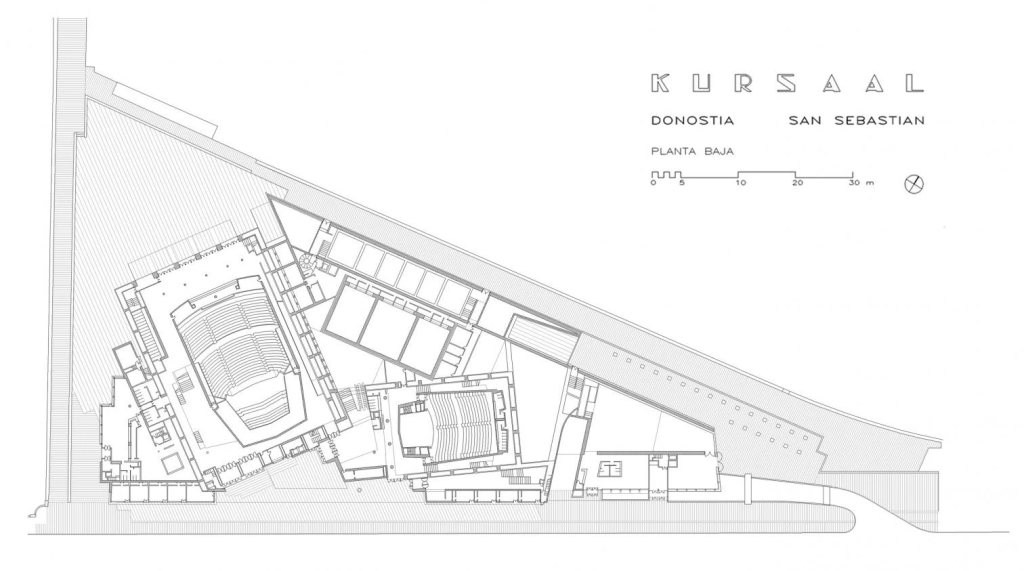
Rather than mimic the historical fabric of the city, Moneo chose to create two abstract, translucent glass cubes, each resting on a base of concrete. These cubes house the main auditorium and exhibition spaces, while open areas between them form plazas that connect the beach to the city. The volumes appear as “two rocks washed ashore”, harmonizing with the natural surroundings and echoing the nearby Mount Urgull and Mount Ulía.
Form, Materiality, and Light
The most distinctive feature of the Kursaal is its double-skin glass façade, made with horizontal strips of translucent glass mounted over a steel structure. This skin diffuses daylight during the day and transforms the building into a glowing lantern at night—symbolizing openness and cultural vitality.
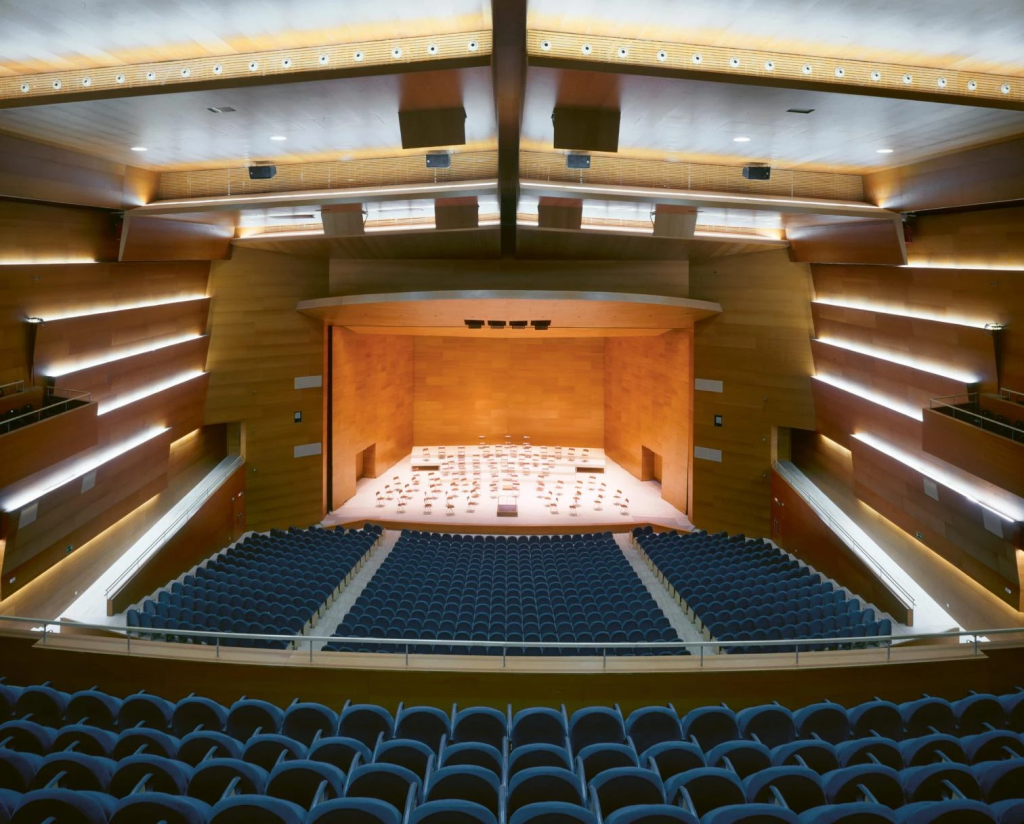

The building’s minimal geometry contrasts with the city’s ornate Belle Époque architecture but complements the coastal landscape. Inside, the auditorium is finished in warm wood, creating a dramatic and acoustically rich environment for concerts, theater, and conferences.
Impact and Legacy
Initially controversial, the Kursaal was later embraced by the public and is now one of the most iconic buildings in San Sebastián. It revitalized the city’s cultural life and serves as the main venue for the San Sebastián International Film Festival. The project earned Moneo the Mies van der Rohe Award for European Architecture in 2001.
The Kursaal exemplifies Moneo’s talent for balancing bold architectural gestures with contextual sensitivity. It does not replicate its surroundings—it responds to them, creating a meaningful dialogue between building, city, and landscape.
Other Notable Projects
Rafael Moneo’s architectural portfolio spans a wide range of typologies and geographies. Some of his most well-known works include:
- National Museum of Roman Art (1986), Mérida – Celebrated for its monumental brick arches and Roman-inspired symmetry.
- Murcia City Hall (1998) – Integrates with the city’s baroque cathedral square using modern, respectful forms.
- Cathedral of Our Lady of the Angels (2002), Los Angeles – A massive yet spiritual structure that redefines contemporary religious architecture.
- Prado Museum Extension (2007), Madrid – Seamlessly merges new architecture with Spain’s most important historical museum.
Awards and Recognition
In 1996, Moneo became the first Spanish architect to receive the Pritzker Architecture Prize, the highest honor in the profession. The jury praised him for “his serenity and humility, and for his ability to solve complex problems with clarity.” He has also received the RIBA Royal Gold Medal (2003) and the Gold Medal for Architecture from the Spanish government.
Conclusion
Rafael Moneo’s legacy lies not only in the buildings he has designed but in the intellectual depth and cultural responsibility he brings to architecture. His work is a reminder that architecture can be timeless without being nostalgic, modern without being cold, and deeply rooted in context without losing innovation.
In projects like the Kursaal Centre, Moneo demonstrates how architecture can elevate the urban experience—connecting people, place, and purpose. His contribution to architecture is not just physical, but also philosophical, guiding generations of architects to see beyond style and toward substance, meaning, and memory.




